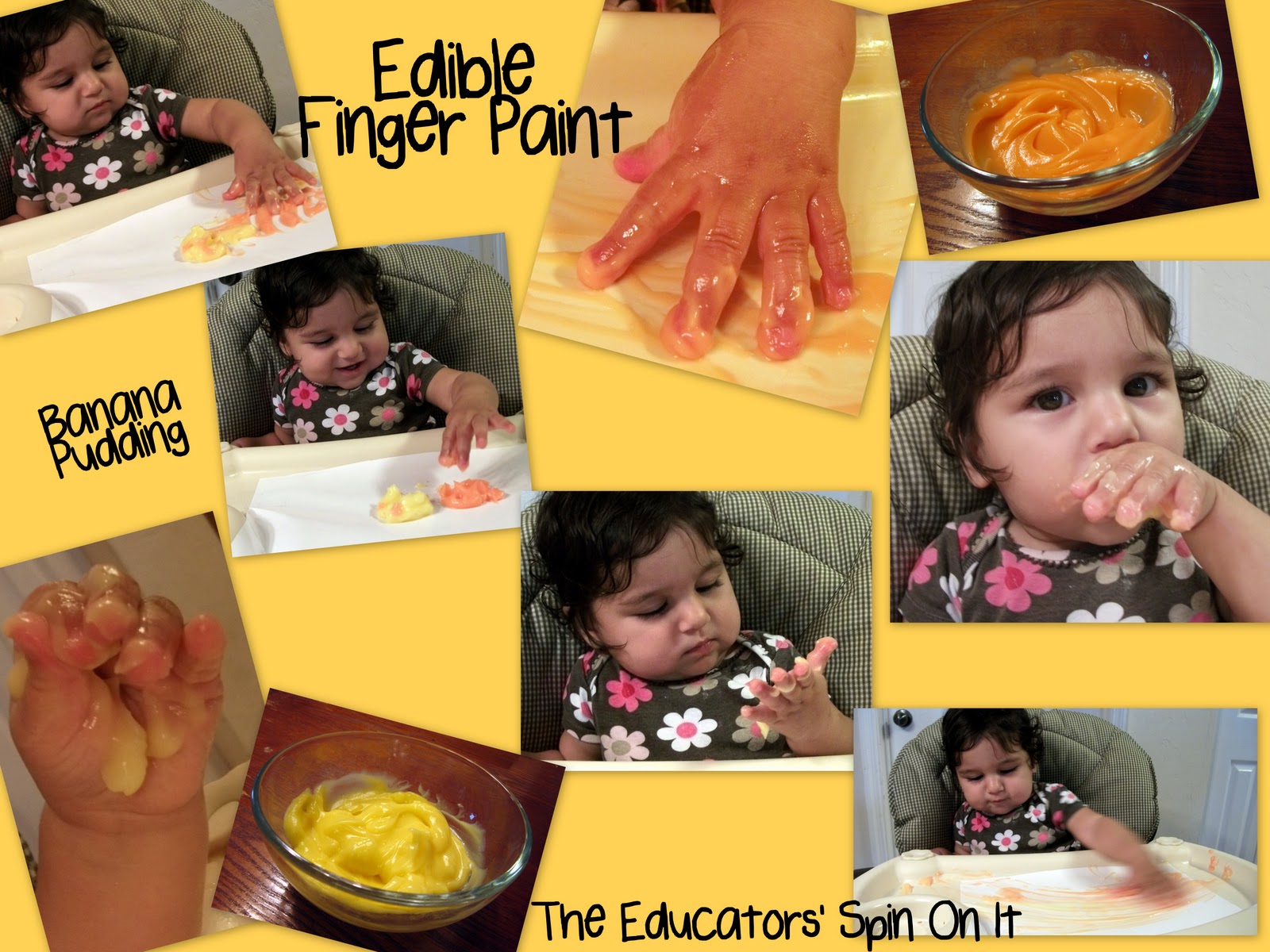Finger painting is a delightful and expressive form of art that allows children to explore their creativity freely. In this article, we will dive deep into the world of finger painting, specifically focusing on a delightful activity involving four girls who embark on a colorful journey of artistic expression. Finger painting not only fosters creativity but also enhances fine motor skills and emotional development. As we explore this engaging activity, we will provide tips, techniques, and insights into why finger painting is an essential part of childhood development.
Art is a universal language that transcends barriers, and finger painting is one of the purest forms of artistic expression. The tactile experience of mixing colors and using hands to create art is both liberating and fun for children. The four girls in our story are about to discover the joy of art through their fingertips, learning valuable lessons along the way. This article will guide parents and educators on how to encourage creativity in children through finger painting.
In the following sections, we will cover everything from the benefits of finger painting to practical tips for organizing a finger painting session. We will also delve into the various techniques that can be utilized to enhance the experience. So, let’s roll up our sleeves and get ready to paint with our fingers!
Table of Contents
- Benefits of Finger Painting
- Essential Supplies for Finger Painting
- Techniques for Finger Painting
- Organizing a Finger Painting Session
- Finding Inspiration for Finger Painting
- Cleaning Up After Finger Painting
- Biography of the Four Girls
- Conclusion
Benefits of Finger Painting
Finger painting offers numerous benefits for children, including:
- Creativity and Self-Expression: Children can express their thoughts and emotions freely.
- Fine Motor Skills Development: The act of using fingers to paint helps improve dexterity.
- Sensory Exploration: Engaging with different colors and textures enhances sensory development.
- Emotional Expression: Painting allows children to communicate feelings they may not be able to articulate.
- Social Skills: Collaborative painting encourages teamwork and communication among peers.
Essential Supplies for Finger Painting
To create a successful finger painting session, you will need the following supplies:
- Non-toxic, washable finger paints
- Large sheets of paper or canvas
- Aprons or old shirts to protect clothing
- Baby wipes or damp cloths for easy cleanup
- Plastic containers for mixing colors
Choosing the Right Paints
When selecting finger paints, opt for non-toxic and washable options to ensure safety for young artists. Look for brands that are specifically designed for children's use.
Techniques for Finger Painting
There are various techniques that can enhance the finger painting experience:
- Swirling: Use fingers to create swirling patterns on the paper.
- Stamping: Use fingers to stamp shapes and designs onto the canvas.
- Layering: Encourage children to layer different colors for a more dynamic effect.
- Texture Creation: Use various materials (like sponges or leaves) to create unique textures.
Organizing a Finger Painting Session
When organizing a finger painting session, consider the following steps:
- Set Up: Choose a spacious area and cover surfaces with newspapers or plastic sheets.
- Prepare Supplies: Gather all necessary materials and arrange them for easy access.
- Encourage Exploration: Allow children to experiment with colors and techniques without limitations.
- Be Supportive: Encourage and praise their efforts, focusing on the process rather than the outcome.
Finding Inspiration for Finger Painting
Inspiration can come from various sources:
- Nature: Encourage children to observe the colors and textures found outdoors.
- Art Books: Share books featuring famous artists or children's illustrations.
- Personal Experiences: Ask children to paint scenes from their own lives.
- Theme-Based: Introduce themes like seasons, animals, or emotions to spark creativity.
Cleaning Up After Finger Painting
Cleaning up after a finger painting session can be easy with these tips:
- Use baby wipes or damp cloths to quickly clean hands and surfaces.
- Encourage children to help with the cleanup process to teach responsibility.
- Wash clothes immediately if paint gets on them, following care instructions.
Biography of the Four Girls
Meet the four talented girls who embarked on this creative journey:
| Name | Age | Favorite Color | Favorite Painting Technique |
|---|---|---|---|
| Alice | 7 | Blue | Swirling |
| Emma | 6 | Pink | Stamping |
| Olivia | 8 | Green | Layering |
| Sophia | 7 | Yellow | Texture Creation |
Conclusion
Finger painting is a wonderful way for children to explore their creativity while developing essential skills. The journey of the four girls in this article highlights the joy and freedom that comes with artistic expression. We encourage parents and educators to foster creativity in children through engaging activities like finger painting. Don't hesitate to leave a comment below, share your own finger painting experiences, or explore other articles on our site!
Endnote
Thank you for joining us on this colorful adventure into the world of finger painting. We hope to see you again soon for more inspiring articles and creative ideas!
You Might Also Like
Pete Hegseth Children: A Comprehensive OverviewJeff Keith: The Journey Of A Rock Icon
Lexi Sindel: Rising Star In The World Of Social Media
Paw Patrol Characters: Exploring The Beloved Team Of Heroic Pups
Exploring The Life And Career Of Bruce Boxleitner
Article Recommendations


